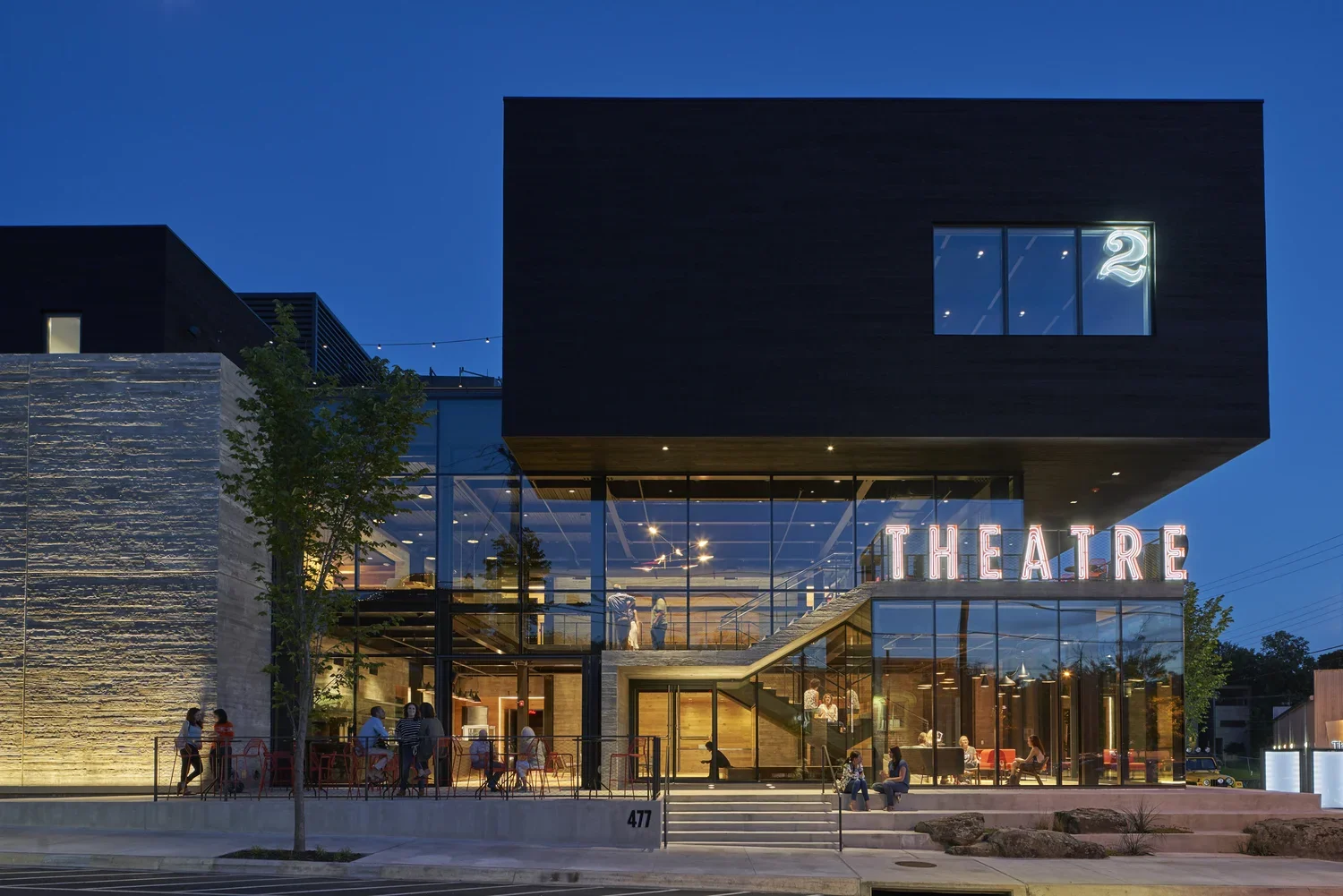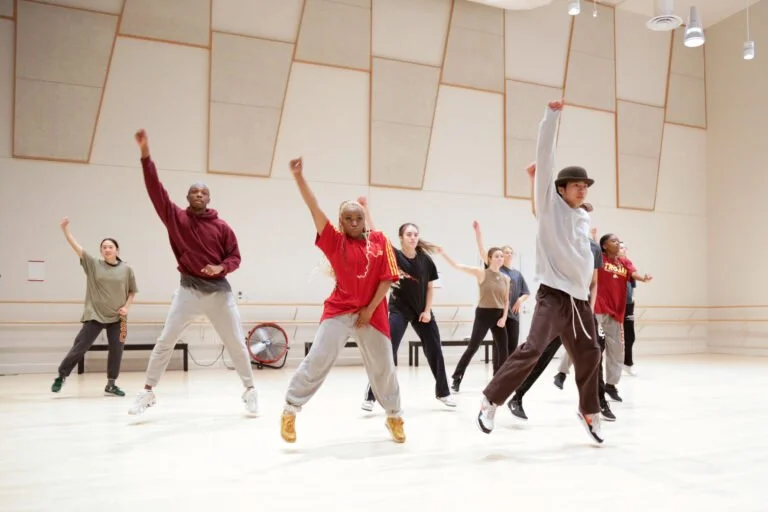Feasibility Study: Phase One
Needs Assessment
In 2024, ArtsBuild and the Lyndhurst Foundation engaged Webb Mgmt, a nationally recognized consulting firm specializing in arts and cultural facilities, to conduct a comprehensive feasibility study. This first phase of the Chattanooga Community Performing Arts Center study set out to test whether data supported the decades-long conversations about our city’s performing arts needs. Through interviews, focus groups, market analysis, and a full inventory of venues, the study provides a comprehensive picture of Chattanooga’s cultural landscape and offers recommendations for the future.
ArtsBuild and the Lyndhurst Foundation launched this study to better understand the needs of Chattanooga’s performing arts community. Webb Mgmt was chosen from several applicants by a committee of local arts organizations and community members, ensuring the process was both expert-led and community-driven.
As a first step, Webb Mgmt reviewed past and current planning efforts that have shaped conversations about the arts in Chattanooga. This included Imagine Chattanooga 20/20, ArtsBuild’s 2024–2027 Strategic Plan, the City’s One Chattanooga Plan, and the 2024 Music Venue Feasibility Study focused on developing an outdoor amphitheater.
From there, Webb Mgmt conducted new community research, including interviews, focus groups, and a detailed look at the city’s existing rehearsal and performance spaces. Together, these steps created a foundation for understanding both what has been discussed for decades and what is most urgently needed today.
Process
To build a complete picture of Chattanooga’s performing arts landscape, Webb Mgmt combined community voices with hard data.
On the community side, they conducted interviews and focus groups with 89 people, including artists, educators, nonprofit leaders, and community advocates. These conversations ensured the study reflected lived experiences across the arts ecosystem.
On the data side, Webb Mgmt drew on several national and local information systems to ground the study in facts:
U.S. Census Bureau data to understand Chattanooga’s population, demographics, and income levels.
Bureau of Labor Statistics for job and economic trends in the creative sector.
ESRI Business Analyst / Market Potential Index to measure likely audience behaviors and arts participation in both the city and the 45-minute surrounding region.
Local ticketing and audience data from performing arts groups to identify attendance patterns and geographic reach.
A systematic inventory of 69 performance venues and 35 rehearsal spaces, documenting size, cost, availability, and technical features.
By combining community input with these data-driven tools, Webb Mgmt was able to test long-held assumptions with evidence and identify the real gaps and opportunities facing Chattanooga’s performing arts community.
Methodology
Key Findings
The study confirmed many of the concerns that Chattanooga’s artists and organizations have voiced for years. What follows are the clearest needs and challenges identified through both community feedback and data analysis:
There is a shortage of affordable, flexible rehearsal and small performance spaces, especially for emerging groups.
Existing venues are often fully booked or priced beyond reach.
Equity remains a pressing issue: historically, many communities have not had consistent access to quality facilities.
Audience potential is strongest for smaller venues, active arts participation, and programs that combine social and cultural experiences.

Recommendations
Webb Mgmt found that the following strategies would have the most effective impact on Chattanooga’s performing arts organizations and the community at large. Together, they create a balanced approach that addresses immediate needs while laying the groundwork for long-term growth:
-
PERFORMANCE VENUES
Three small, flexible, co-located performance spaces (75–300 seats) that can anchor cultural activity and meet the needs of local performing arts organizations.

-
SUPPORT FACILITIES
Rehearsal rooms, meeting/class spaces, and shared administrative resources, ideally co-located with performance. Serving established and emerging organizations.

-
PRODUCTION FACILITIES
Scenic and costume production facilities could be used by local organizations, and act as a shared inventory and storage and contribute to art workforce opportunities.

Read the Study
For a deeper look at the data and analysis, click the button below to download the full Phase One Needs Assessment. Or, visit the Phase Two: Physical Planning page to learn what’s happening now.




